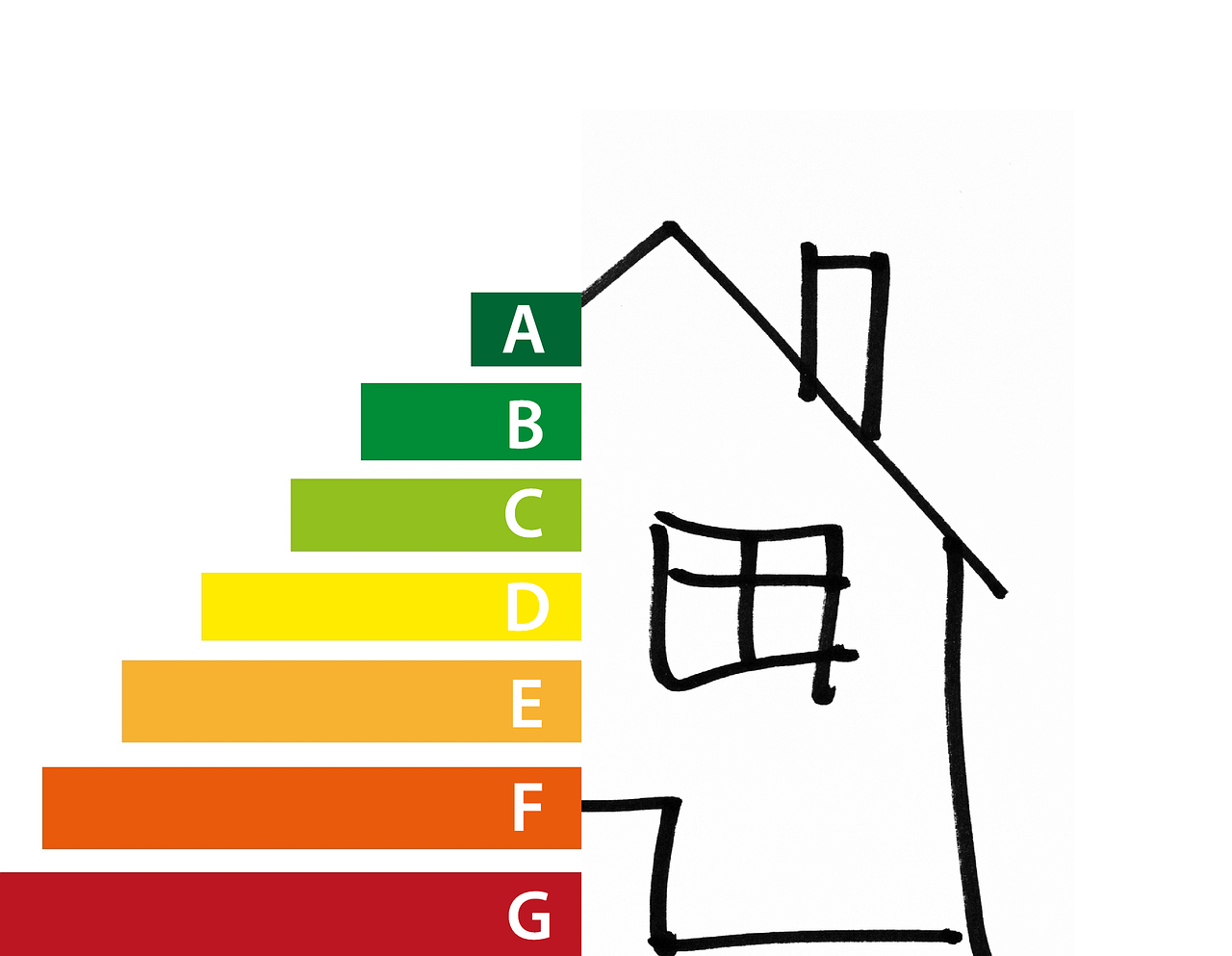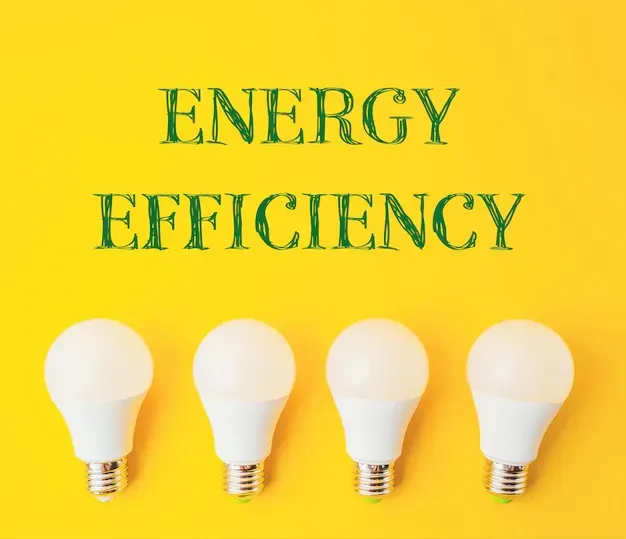Step into the Future of Marketing with Virtual Tours: A Surefire Way to Improve Your Website's SEO!
Step into the Future of Marketing with Virtual Tours: A Surefire Way to Improve Your Website's SEO!
Virtual tours are an interactive way for potential customers to explore a business or property from the comfort of their own homes. In this blog post, I'll explore the benefits of using virtual tours in marketing and how they can improve your website's SEO.
Introduction to virtual tours as a marketing tool
Virtual tours are a type of interactive media that allows users to explore a space in a 360-degree view. They are typically created using a series of photographs or videos stitched together to create a seamless experience. Virtual tours can be used for a variety of purposes, from showcasing a property to providing a guided tour of a museum or art gallery.
As a marketing tool, virtual tours offer a unique way to showcase a business or property. They allow potential customers to explore the space at their own pace and get a feel for the environment. Virtual tours can be embedded on a website, shared on social media, or even used in email marketing campaigns.
Virtual tours and their impact on SEO
One of the biggest benefits of using virtual tours in marketing is their impact on SEO. Virtual tours can help improve a website's search engine rankings by providing users with a more engaging experience. Google's algorithm takes into account factors such as time spent on a page and bounce rate when determining search rankings. By providing a virtual tour, businesses can keep users on their website for longer, reducing bounce rates and improving search rankings.
Additionally, virtual tours can also improve a website's visibility in search results. Google's search results now include a "Virtual Tour" option for businesses that offer virtual tours. This means that businesses with virtual tours are more likely to appear at the top of search results, increasing their visibility to potential customers.
Benefits of using virtual tours in marketing
There are numerous benefits to using virtual tours in marketing. For one, virtual tours offer a more engaging and interactive experience than traditional forms of media. They allow potential customers to explore a space in a way that photographs or videos cannot.
Virtual tours also offer a cost-effective way to showcase a business or property. Traditional marketing methods such as print ads or television commercials can be expensive and may not reach as many people as a virtual tour.
Another benefit of virtual tours is their ability to reach a wider audience. Virtual tours can be shared on social media, embedded on a website, or even used in email marketing campaigns. This means that businesses can reach potential customers wherever they are, whether they're browsing social media or checking their email.
How to optimize virtual tours for SEO
To get the most out of your virtual tour, it's important to optimize it for SEO. This means ensuring that the tour is properly tagged and indexed by search engines.
One way to optimize your virtual tour is to include keywords in the tour's title and description. This will help search engines understand what the tour is about and improve its visibility in search results.
Another way to optimize your virtual tour for SEO is to ensure that it loads quickly. Slow-loading pages can hurt a website's search rankings, so it's important to optimize your virtual tour's file size and loading speed.
Using virtual tours to improve user experience on your website
Virtual tours can also be used to improve the user experience on your website. By providing a virtual tour, businesses can give potential customers a better understanding of the space and what it has to offer.
Virtual tours can also help reduce the number of questions or concerns potential customers may have. By providing a virtual tour, businesses can answer common questions about the space, such as the layout or amenities.
Virtual tours for different industries (real estate, tourism, hospitality, etc.)
Virtual tours can be used in a variety of industries, including real estate, tourism, and hospitality. In the real estate industry, virtual tours can be used to showcase properties and give potential buyers a better understanding of the space. In the tourism industry, virtual tours can be used to showcase destinations and attractions. In the hospitality industry, virtual tours can be used to showcase hotels and resorts.
Virtual tour case studies and success stories
There are numerous case studies and success stories that demonstrate the effectiveness of virtual tours in marketing. For example, a study by Apartments.com found that virtual tours increased conversion rates by 14%. Another study by Google found that businesses with virtual tours were twice as likely to generate interest from potential customers.
Conclusion - Why virtual tours are the future of marketing
Virtual tours offer a unique and engaging way to showcase a business or property. They can improve a website's SEO, reduce bounce rates, and increase conversion rates. With the rise of virtual and augmented reality technology, virtual tours are poised to become an even more important marketing tool in the future.
If you're looking for a way to improve your website's SEO and engage potential customers, consider creating a virtual tour for your business. With the right tools and optimization techniques, virtual tours can be a surefire way to take your marketing to the next level.
CTA:
Ready to step into the future of marketing with virtual tours? Contact us today to learn how we can help you create a virtual tour that will improve your website's SEO and engage potential customers
Lee Wells
Director
Walk-Us-Through Ltd
Gloucestershire.
www.walk-us-through.cpm











